News
Steve Millard discovers Makadi Bay house reef
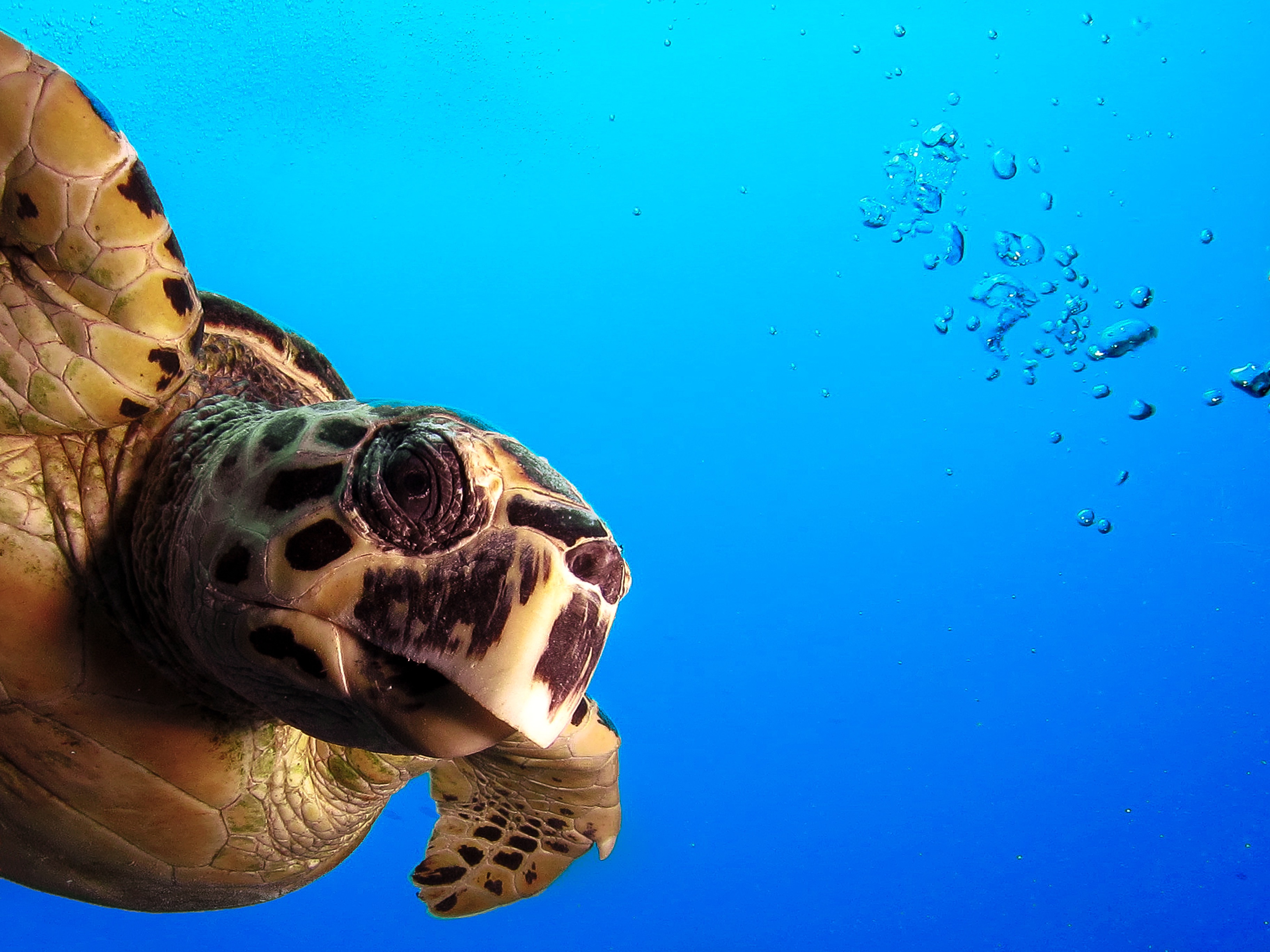
Makadi bay is a tranquil, horse shoe shaped bay nestled between the sand dunes of the desert and the exquisite, clear, life-filled Red Sea between Safaga and Hurghada in Egypt. It is within travelling distance of many wonderful experiences such as dolphin safaris, wreck dives and cave diving. It also boasts its own tropical house reef ideal for Freediving, snorkeling and SCUBA.
The atmosphere in the area is one of relaxation, calm, peace and serenity, away from the hustle and bustle of Western life. Gentle ocean breezes and the sound of waves, the Egyptian mountains standing proud in the background, some amazing sunsets meaning it all equates to a sense of wellbeing when in the area.
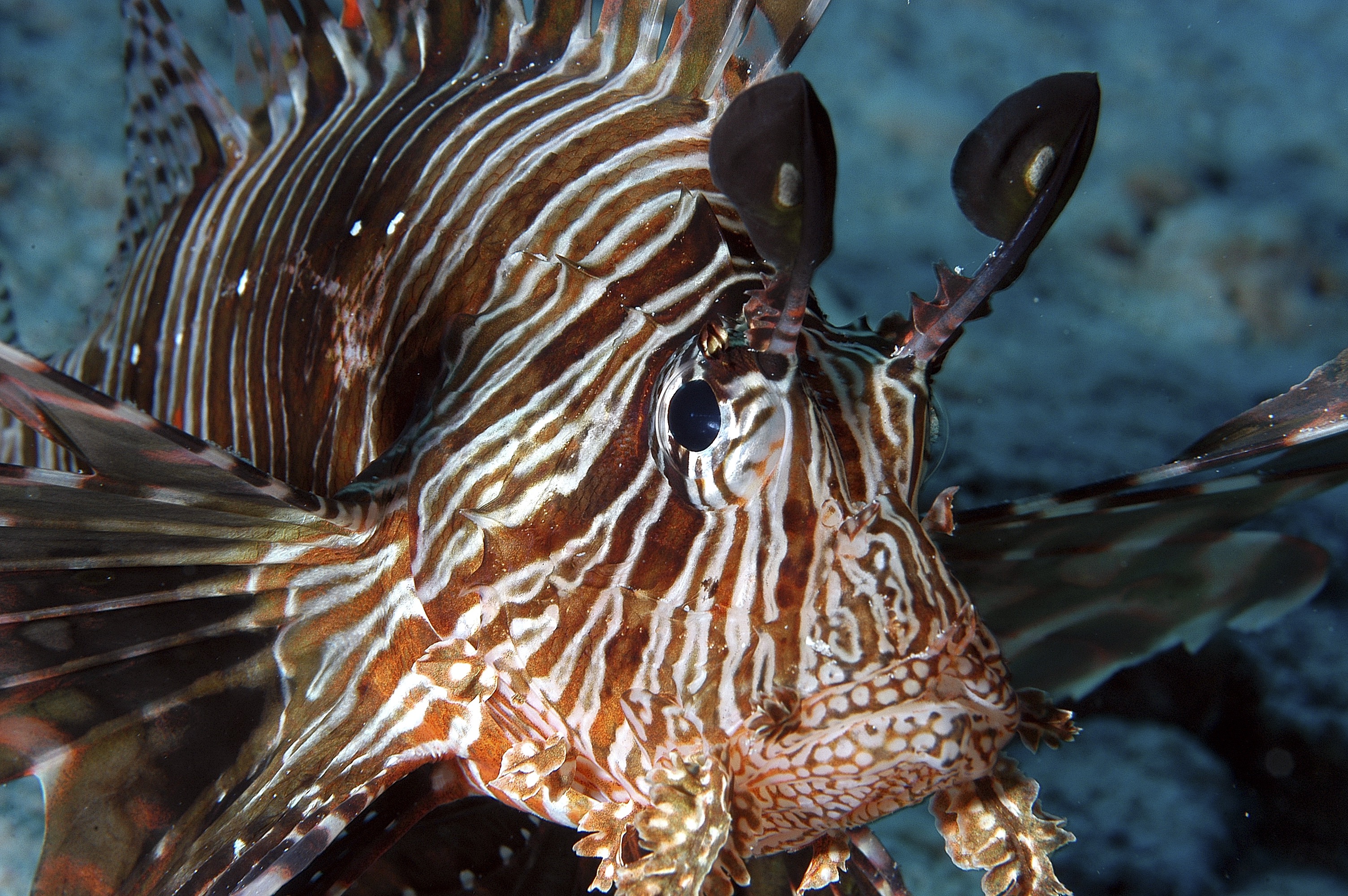
In future blogs, we can look at the opportunities in this area and surrounding areas, but this post will concentrate on the house reef and diving opportunities there.
The reef is easily accessible from the shore, you can quite literally don equipment and walk to the water from the centre. The depth is a gentle shelf, ideal for snorkelers near the edges, and it drops down very gradually giving suitable depths for all recreational SCUBA and freediving levels. Under the area roped off for the power craft you can easily get 30-40 metres of depth, and only a short swim further you are at whatever depth you want, certainly more than 100 metres as anyone remembering the Freediving world championships held there just over a decade ago will know.
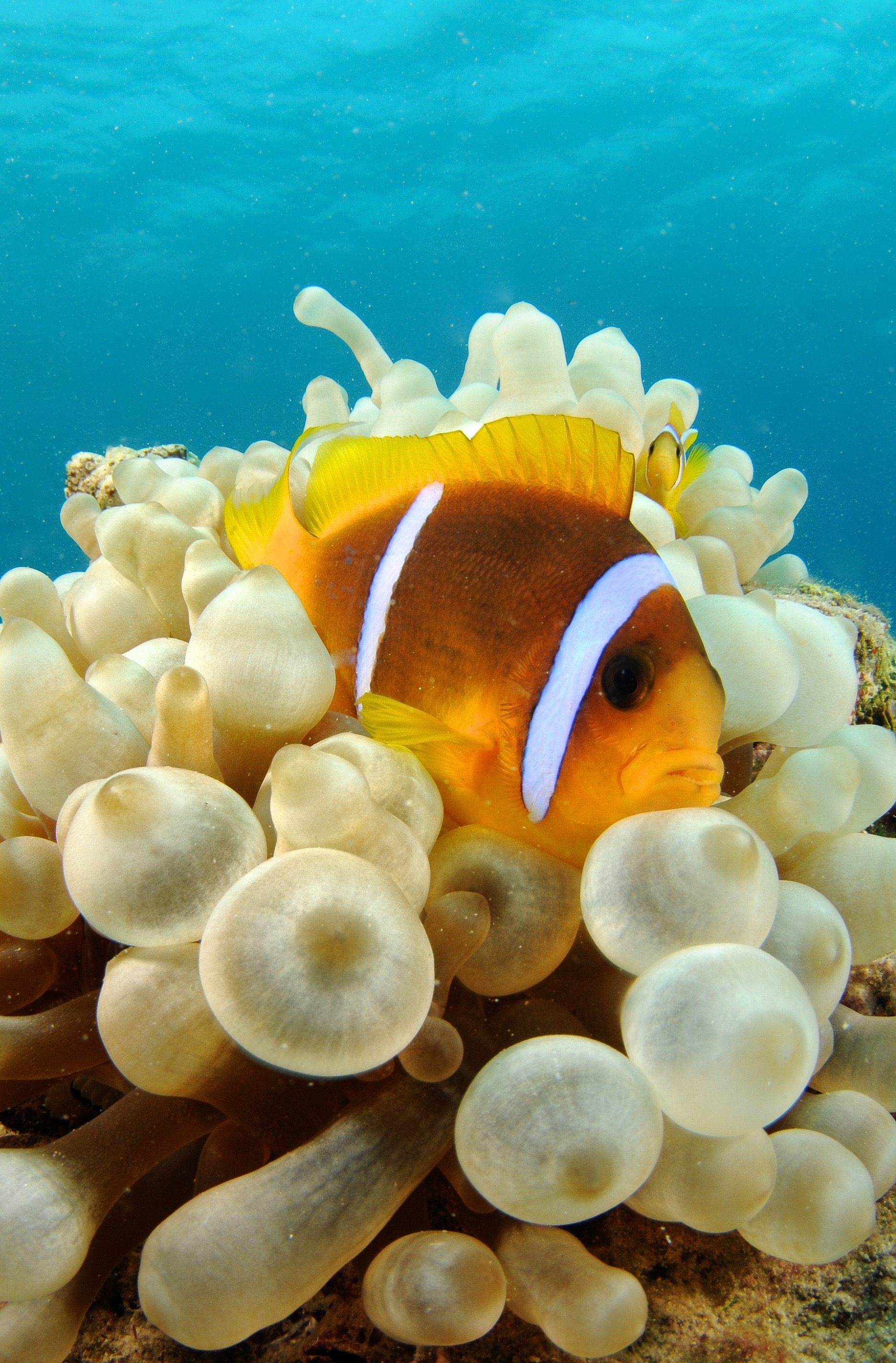 The water visibility is fantastic as shown in the pictures, but a small torch could be useful as there are many parts of the reef with great hiding places for the resident octopus, moray and lion fish amongst others. The octopus are a particular favourite of mine as they have an amazing ability to change colour and shape and blend in with their backgrounds.
The water visibility is fantastic as shown in the pictures, but a small torch could be useful as there are many parts of the reef with great hiding places for the resident octopus, moray and lion fish amongst others. The octopus are a particular favourite of mine as they have an amazing ability to change colour and shape and blend in with their backgrounds.
The health of this reef means that there are many big shoals of fish too, trevally, glass fish, angel fish and more; the shoals are spectacular, you can completely immerse yourself in them as if you are part of the shoal.
To help the reef further a few areas have had artificial reefs added, and these have already blossomed with a wide variety of reef life; a great idea to add them to a couple of the flatter areas.
There is at least one resident turtle on the reef too, who gently glides past every now and again on his travels. We have spotted eagle rays, and whip tail rays, crocodile fish and many nudibranchs for the keenest of eyes. All of the usual ‘suspects’ can be found there too, and because the bay is so sheltered and calm it is a photographer’s dream to be able to get themselves set up for great shots.
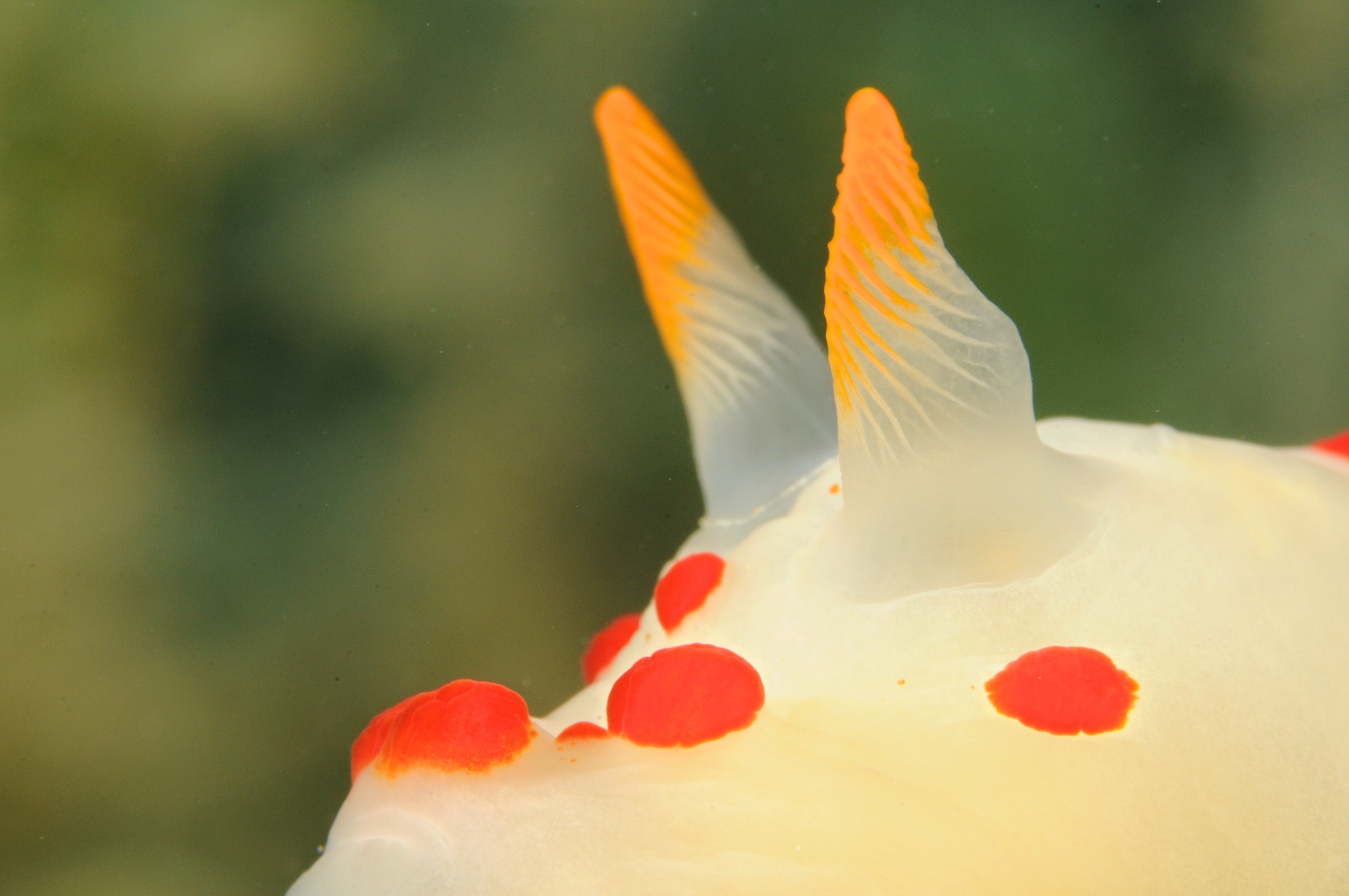
Once the dive has finished, a one minute walk, wash the kit in the well maintained cleaning tanks, and you can be at the café or bar before you have dried off completely. Great location indeed.
Our recommendation in the bay for the perfect dive school is IDive which a 5 star PADI IDC Centre, and is owned by Carlo Cogliati and Erika Marchino who are two great, approachable and loveable personalities, making the back bone of a very experienced and professional team. They have a host of other instructors and staff, all of whom are dedicated and passionate about giving the best experience possible for customers coming to the centre. They know the area incredibly well and will be able to look after your needs.
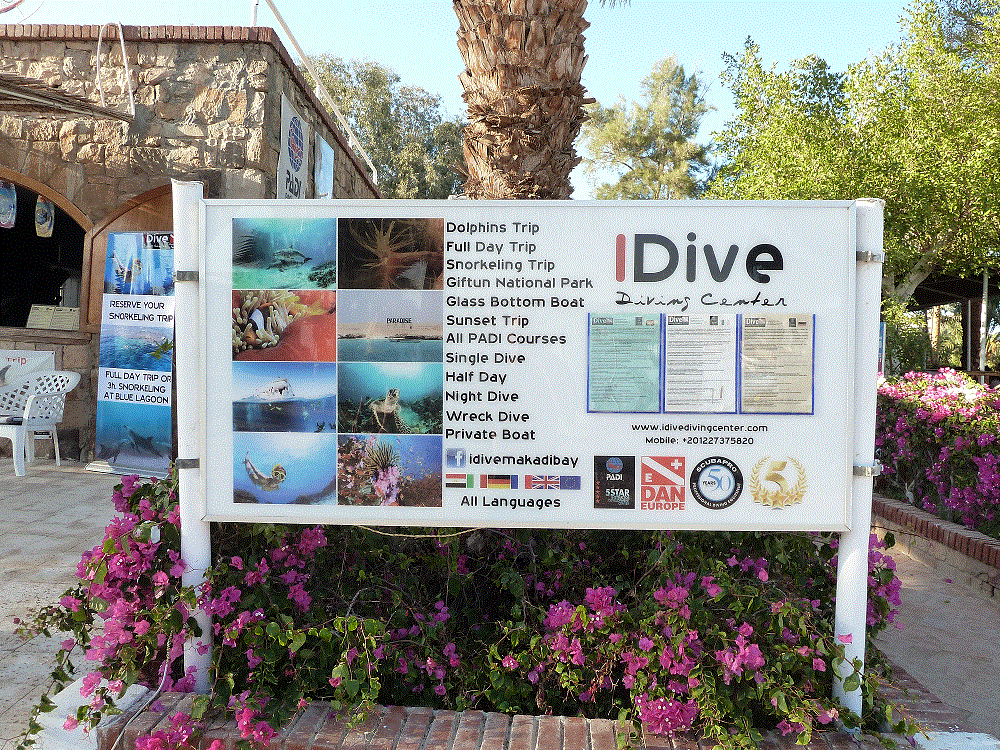
You can find out more about diving with IDive below:
https://www.flickr.com/photos/idivedivingcenters/
https://www.youtube.com/channel/UCqXWgJysl0rJNHClo3AX6iA
https://twitter.com/idivescubalife
Facebook: IDive Makadi Bay
Email: idive@idivedivingcenter.com
Thanks to Carlo Cogliati for the photos.
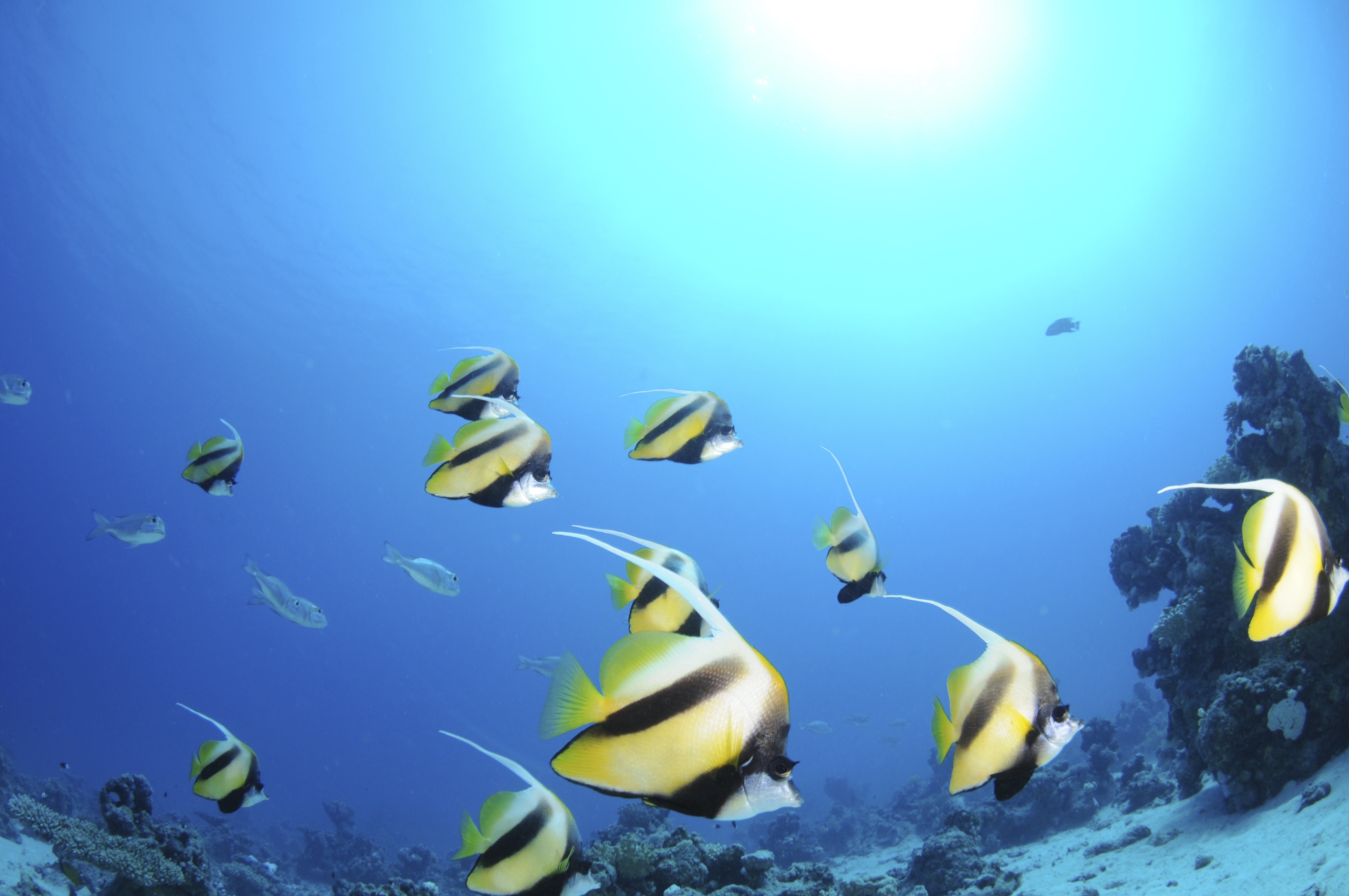
Blogs
Northern Red Sea Reefs and Wrecks Trip Report, Part 2: Wall to Wall Wrecks

Jake Davies boards Ghazala Explorer for an unforgettable Red Sea diving experience…
The second day’s diving was a day full of wreck diving at Abu Nuhas, which included the Chrisoula K, Carnatic, and Ghiannis D. The first dive of the day was onto the Chrisoula K, also known as the wreck of tiles. The 98m vessel remains largely intact where she was loaded with tiles which can be seen throughout the hold. The stern sits at 26m and the bow just below the surface. One of the highlights of the wreck is heading inside and seeing the workroom where the machinery used for cutting the tiles are perfectly intact. The bow provided some relaxing scenery as the bright sunlight highlighted the colours of the soft coral reef and the many reef fish.

Following breakfast, we then headed to the next wreck, which was the Carnatic. The Carnatic is an 89.9m sail steamer vessel that was built in Britain back in 1862. She ran aground on the reef back in 1869 and remains at 27m. At the time, she was carrying a range of items, including 40,000 sterling in gold. An impressive wreck where much of the superstructure remains, and the two large masts lay on the seafloor. The wooden ribs of the hull provide structures for lots of soft corals, and into the stern section, the light beams through, bouncing off the large shoals of glass fish that can be found using the structure as shelter from the larger predators that are found outside of the wreck.

The final wreck at Abu Nuhas was the Ghiannis D, originally called ‘Shoyo Maru,’ which was 99.5m long and built in Japan back in 1969 before becoming a Greek-registered cargo ship in 1980. The ship then ran aground on the reef on April 19th, 1983, and now sits at the bottom at a depth of 27m. Heading down the line, the stern of the ship remains in good condition compared to the rest of the hull. The highlight of the wreck, though, is heading into the stern section and down the flights of stairs to enter the engine room, which remains in good condition and is definitely worth exploring. After exploring the interior section of the ship, we then headed over to see the rest of the superstructure, where it’s particularly interesting to see the large table corals that have grown at the bow relatively quickly considering the date the ship sank. After surfacing and enjoying some afternoon snacks, we made sure everything was strapped down and secured as we would be heading north and crossing the Gulf of Suez, where the winds were still creating plenty of chop.

The next morning, it was a short hop to Ras Mohammed Nature Reserve for the next couple of days of diving. The 6am wake-up call came along with the briefing for the first site we would be diving, which was Shark & Yolanda. The low current conditions allowed us to start the dive at Anemone City, where we would drift along the steep, coral-filled wall. These dives involved drifts, as mooring in Ras Mohammed wasn’t allowed to protect the reefs. As a dive site, Shark & Yolanda is well-known and historically had a lot of sharks, but unfortunately not so many in recent years, especially not so early in the season. However, there was always a chance when looking out into the blue.

The gentle drift took us along the steep walls of the site, with plenty of anemone fish to be seen and a huge variety of corals. It wasn’t long into the dive before we were accompanied by a hawksbill turtle, who drifted with us between the two atolls before parting ways. Between the two reefs, the shallow patch with parts of coral heads surrounded by sand provided the chance to see a few blue-spotted stingrays that were mainly resting underneath the corals and are always a pleasure to see. With this being the morning dive, the early sunlight lit up the walls, providing tranquil moments. Looking out into the blue, there was very little to be seen, but a small shoal of batfish shimmering underneath the sunlight was a moment to capture as we watched them swim by as they watched us.

Towards the end of the dive, we stopped at the wreck of the Jolanda where the seafloor was scattered with toilets from the containers it was carrying. This provided a unique site to make a safety stop, which was also accompanied by a large barracuda slowly swimming by, along with a hawksbill turtle calmly swimming over the reef as the sun rays danced in the distance.
For the next dive, we headed north to the Strait of Tiran to explore the reefs situated between Tiran Island and Sharm El Sheik, which were named after the British divers who had found them. We started on Jackson before heading to Gordons Reef, where we also did the night dive. All the atolls at these sites provided stunning, bustling coral reefs close to the surface and steep walls to swim along, which always provided the opportunity to keep an eye out for some of the larger species that can be seen in the blue. Midwater around Jackson Reef was filled with red-toothed triggerfish and shoals of banner fish, which at times were so dense that you couldn’t see into the blue. Moments went by peacefully as we enjoyed the slow drift above the reef, watching these shoals swim around under the mid-afternoon sun.

The night dive at Gordon’s Reef was mainly among the stacks of corals surrounded by sand, which was great to explore under the darkness. After some time circling the corals, we came across what we were really hoping to find, and that was an octopus hunting on the reef. We spent the majority of the dive just watching it crawl among the reef, blending into its changing surroundings through changes in colour and skin texture. It’s always so fascinating and captivating to watch these incredibly intelligent animals, in awe of their ability to carry out these physical changes to perfectly blend into the reef. Before we knew it, it was time to head back to the boat to enjoy a well-deserved tasty dinner prepared by the talented chefs onboard.
Check in for the 3rd and final part of this series from Jake tomorrow!
To find out more about the Northern Red Sea reef and wrecks itineraries aboard Ghazala Explorer, or to book, contact Scuba Travel now:
Email: dive@scubatravel.com
Tel: +44 (0)1483 411590
Photos: Jake Davies / Avalon.Red
Marine Life & Conservation
Double Bubble for Basking Sharks

 The Shark Trust is excited to announce that, for two more days only, all donations, large or small, will be doubled in the Big Give Green Match Fund!
The Shark Trust is excited to announce that, for two more days only, all donations, large or small, will be doubled in the Big Give Green Match Fund!
Donate to Basking in Nature: Sighting Giants
The Shark Trust is hoping to raise £10k which will be doubled to £20k. This will go towards Basking in Nature: Sighting Giants. And they need YOUR help to reach they’re goal.
The Shark Trust’s citizen science project is to monitor and assess basking sharks through sightings; encouraging data collection, community engagement, and promoting nature accessibility. This initiative aims to enhance health and wellbeing by fostering a deeper connection with British Sharks.
Campaign Aims
- Increase citizen science reporting of Basking Sharks and other shark sightings to help inform shark and ray conservation.
- Provide educational talks about the diverse range of sharks and rays in British waters and accessible identification guides!
- Create engaging and fun information panels on how to ID the amazing sharks and rays we have on our doorstep! These can be used on coastal paths around the Southwest. With activities and information on how you can make a difference for sharks and rays!
- Promote mental wellbeing through increasing time in nature and discovering the wonders beneath the waves!
Donate, and double your impact. Click Here
-

 News3 months ago
News3 months agoHone your underwater photography skills with Alphamarine Photography at Red Sea Diving Safari in March
-

 News3 months ago
News3 months agoCapturing Critters in Lembeh Underwater Photography Workshop 2024: Event Roundup
-

 Marine Life & Conservation Blogs2 months ago
Marine Life & Conservation Blogs2 months agoCreature Feature: Swell Sharks
-

 Blogs2 months ago
Blogs2 months agoMurex Resorts: Passport to Paradise!
-

 Blogs2 months ago
Blogs2 months agoDiver Discovering Whale Skeletons Beneath Ice Judged World’s Best Underwater Photograph
-

 Gear Reviews2 months ago
Gear Reviews2 months agoGear Review: Oceanic+ Dive Housing for iPhone
-

 Marine Life & Conservation2 months ago
Marine Life & Conservation2 months agoSave the Manatee Club launches brand new webcams at Silver Springs State Park, Florida
-

 News3 months ago
News3 months agoWorld’s Best Underwater Photographers Unveil Breathtaking Images at World Shootout 2023

















